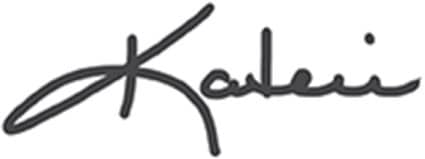Contents
Page List
Guide
Cover
DRAWING
IS FOR
EVERYONE
Simple Lessons to Make Your Creative Practice a Daily Habit
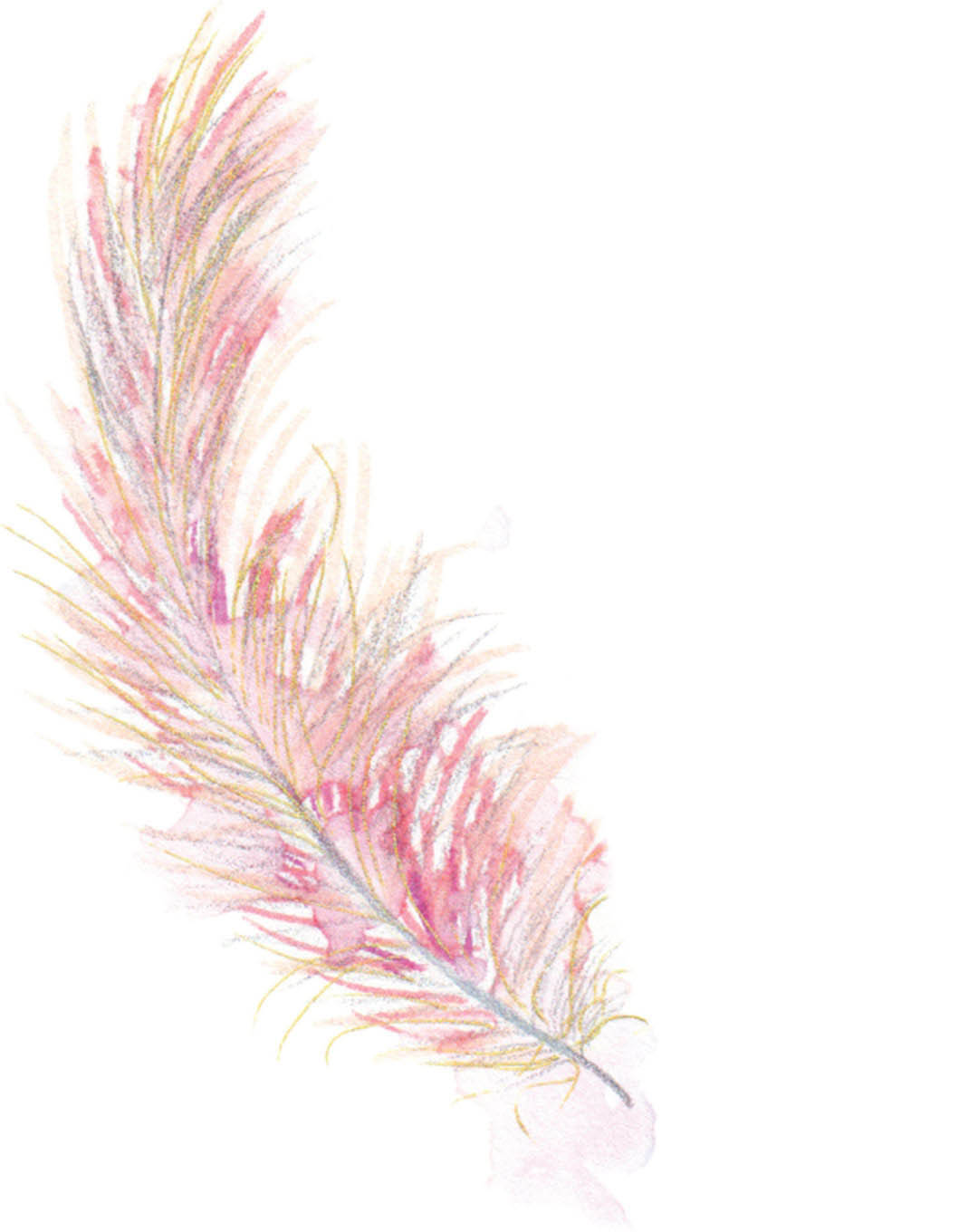 KATERI EWING
KATERI EWING
CONTENTS
GRAPHITE
Materials and Projects
COLORED PENCIL
Materials and Projects
INK
Materials and Projects
INTRODUCTION
A CREATIVE DRAWING PRACTICE FOR EVERYONE
Think back to the last time you watched a small child pick up a crayon to draw on paper. That tiny hand held the waxy stick, maybe even switched the crayon to the other hand, as the child moved it across the paper. She made her mark. She simply drew, without any preconceived idea of what would appear on the paper. Theres immense joy in the act of putting those colorful marks down, and she certainly had no hesitation or fear of not being good enough. Hand an adult a crayon and a piece of paper, however, and you may see a person afraid to make a mark because it might not be good enough. What if it doesnt look like anything? Why did I ever think I wanted to draw, anyway?
At what point in the timeline of life does a drawing suddenly have to look like something? Why cant the simple tactile practice of dragging a colored pencil across a piece of paper bring joy and satisfaction? Somewhere along our path to adulthood, we lose that spontaneous, creative courage. My wish is to help you reclaim it.
In this book, we learn about two ways of drawingthe seeing-based representational way and the more expressive, abstract way. Both forms of drawing are much richer when we tap into our unique and intuitive way of mark making instead of following a step-by-step formula, which can lead to discouragement when what we draw doesnt measure up to our expectations of what we were trying to copy.
Seeing-based drawing is a way of documenting something tangible from the world around us by learning to slowly mark down the textures and shapes that our eyes see. It is meditative, calming, and accessible to anyone who can commit a few minutes a day to this invaluable practice. Every student I teach begins with seeing and drawing, and all are amazed at what they can create with this simple practice. Theres no measuring, no perspective or foreshortening, and no fancy tools needed. We begin our lessons with a pencil and paper and learn to mark down what our eyes see in our unique way.
Once we build our mark-making vocabulary with pencil, well dive into the expressive world of color: colored pencils, markers, pens, and ink. With these tools, we can explore patterns, textures, and more abstract designs while continuing to hone our seeing-based drawing skills. Each lesson is simple to complete as shown, but also has unlimited possibilities for repeating with different results each time. At the end of each lesson, I offer inspiration on ways to make the project your own.
A bit of gentle advice as we begin: Leave your expectations and self-criticism at the door. As many of my students have discovered, we can be eternal beginners and find all the satisfying benefits and joy we could ever hope for in a creative practice. Its also good to know there is strong scientific evidence that those who enjoy a creative practice as a regular part of their lives also enjoy many benefits to their health and well-being, including a more positive outlook on life. This has certainly been true in my experience. My daily drawing practice has been a good and constant companion through many of my greatest struggles. Its the reason I began teaching. I want everyone to reap the same kind of benefits I receive from it.
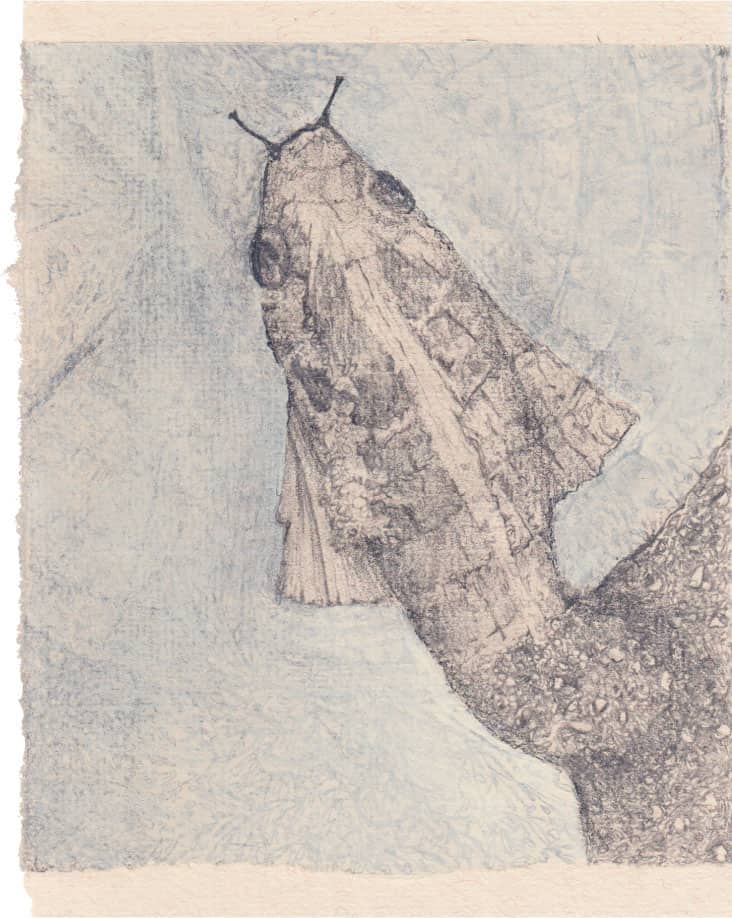
You may have arrived at these pages with a secret desire to unlock your creative potential. Perhaps youve always wanted to draw but were told you just didnt have the talent. Or, maybe youre a professional artist who feels your work has gone stale and methodical and are looking to tap into your intuition with fresh exercises. You could be someplace in between. Wherever you are on your journey, I welcome you to this space. The best place for any creative endeavor is in a beginners mind. We are all beginners at something, and for the lessons held within this book, being a beginner is the best thing to be.
Welcome. Now, lets draw!
THE FOUR GUIDING PRINCIPLES OF A
CREATIVE DRAWING PRACTICE
ONE
Honor and Appreciate the Moment in Time and Your Tools and Materials
Our tools for a creative drawing practice are simple: an exquisite piece of paper, an assortment of drawing tools such as pencils, colored pencils, markers, and ink, and a few other miscellaneous supplies. This book is organized into three sectionsGraphite, Colored Pencil, and Inkof seven lessons each. At the beginning of each section is a thorough inventory of the tools youll need and lots of advice on selecting the materials that will make your explorations fun and successful. No matter your budget, there are beautiful tools waiting to be discovered. In each section, we learn how to choose our tools and how to care for them, with this in mind: quality over quantity and less is more. Simplicity of and familiarity with our tools allow freedom of expression, without the confusion of wondering which materials to choose each time we sit down to create.
Over time, Ive learned valuable lessons about where to spend a little more money and where I can be thriftier when it comes to art supplies. Ill share these tips with you! But, mostly, what I wish to impart is the idea that our tools are an extension of our head, hands, and heart. Each time we sit down to create, we can take a quiet moment to give thanks for the beautiful materials before us. Its also important to acknowledge the moment in time, to take a few deep, cleansing breaths, and to leave our expectations and stress behind. The time we spend drawing can be meditative and nourishing to our spirit. We must choose to be present and engaged in the act of using our beautiful materials to express something unique to each of us. We will learn more about this in each lesson along the way.
TWO
Show Up Every Day
Our creative practice has the potential to become a companion that can help us through many difficulties. It is a steadfast and intimate friend that will nurture us even if we only have a handful of minutes to spend each day. Some lessons can be completed in 15 minutes or less, while others can be worked on in small increments of time over several days. The magical part is, the less time we know that we need to commit, the more likely we are to stick with it. As days go on, we naturally find ourselves desiring more time in our daily lives for our creative practice. It feeds us in ways we never imagined. Art-making can become a vital component of our everyday lives, but only if we show up daily to take part in it.


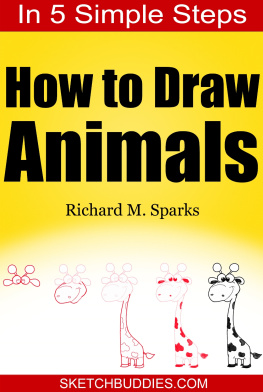
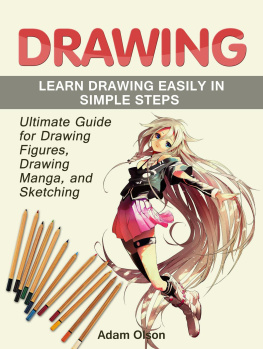

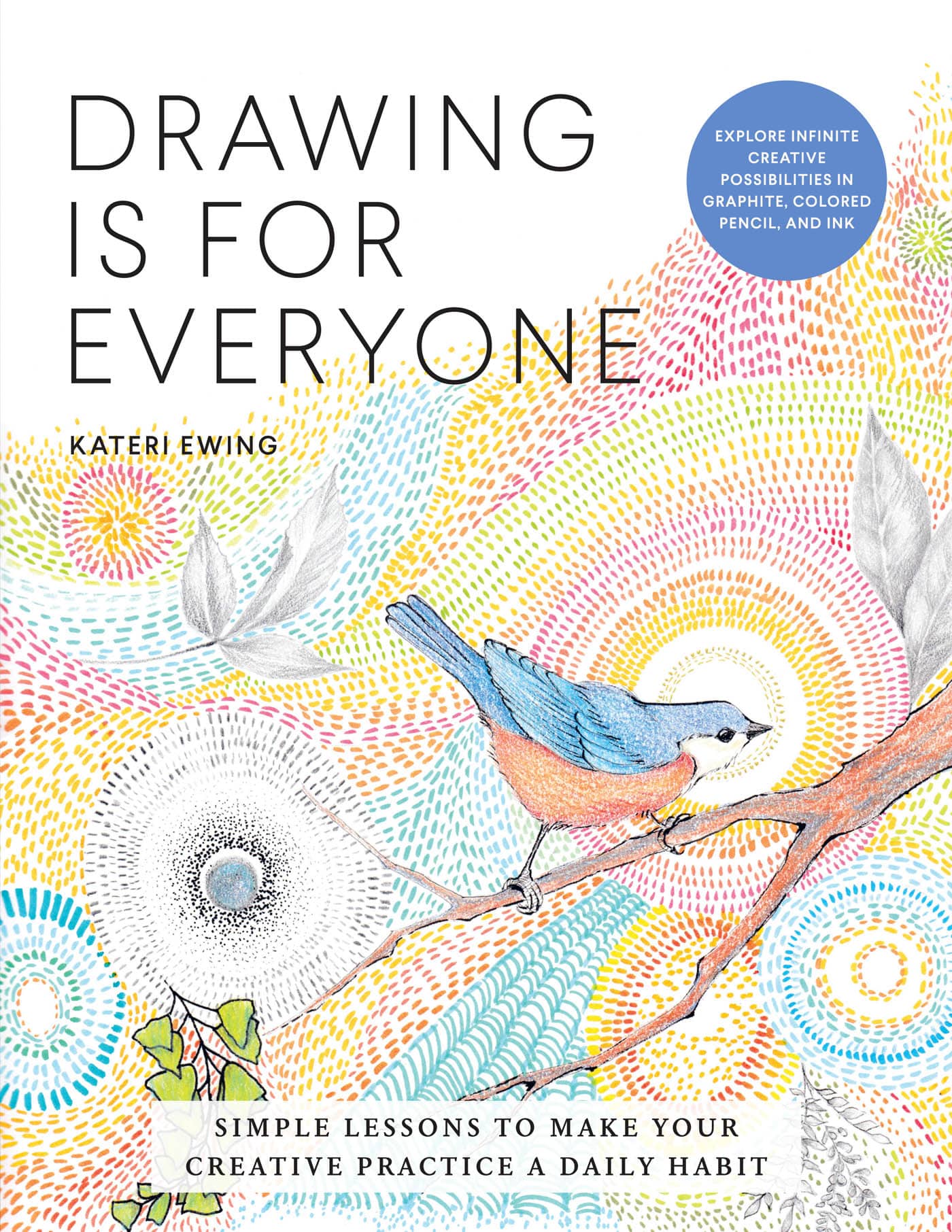
 KATERI EWING
KATERI EWING



